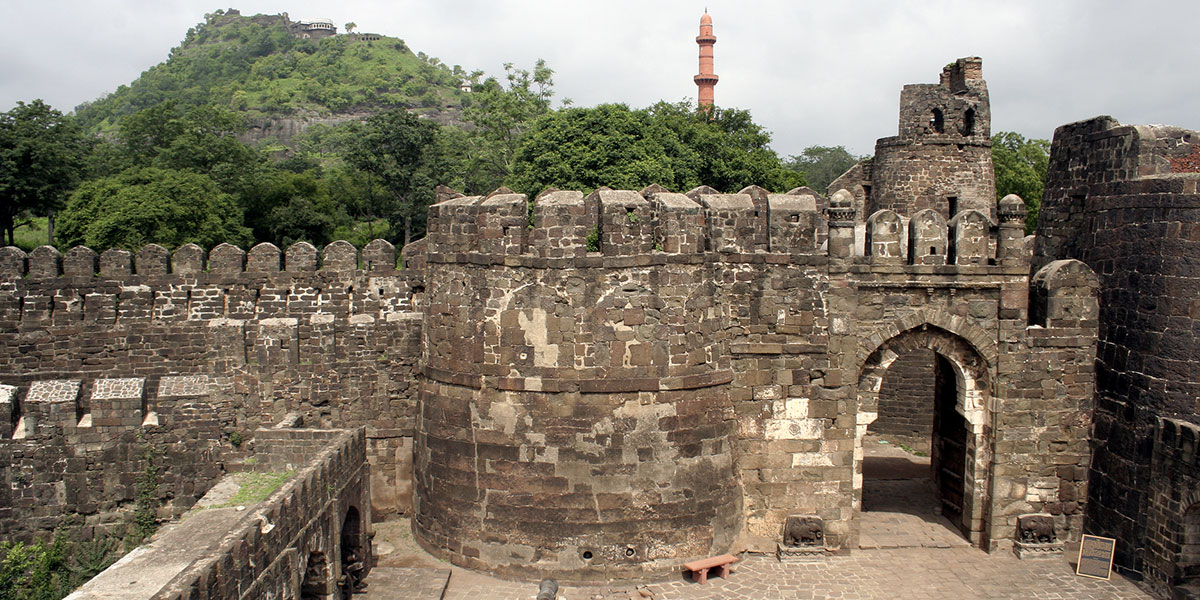Maharashtra
Fire at Daulatabad Fort
- 11 Apr 2025
- 3 min read
Why in News?
A fire at Daulatabad Fort in Maharashtra’s Chhatrapati Sambhajinagar district has prompted the Archaeological Survey of India (ASI) to initiate damage assessment and plan disaster management.
Key Points
- Damage Assessment:
- The fire damaged the Baradarai, a historic pavilion at the summit of the fort.
- ASI has started assessing the fire damage and will draft a disaster management plan based on its findings to prevent future incidents.
- The fire disrupted local wildlife, as wild animals lost significant portions of their shrubland habitat.
- About the Daulatabad Fort:
- Originally called Devgiri (Hill of Gods), it was renamed Daulatabad by Muhammad bin Tughlaq when he shifted his capital there in the 14th century.
- It served as the capital of several dynasties including Yadavas, Tughlaqs, Bahmanis, Nizam Shahis, Mughals, and briefly the Marathas before the Nizams of Hyderabad.
- It is a UNESCO-nominated heritage site, known for its historical, architectural, and ecological importance.
- Architectural Brilliance: Daulatabad Fort is fortified in three layers Ambarkot, Mahakot, and Kalakot with moats, bastions, and iron-spiked gates.
- It features a deadly tunnel called Andheri, used to trap and attack invaders.
- Monuments and Structures Within:
- Chand Minar (1435 CE): Indo-Islamic style victory tower modeled after Qutub Minar.
- Bharat Mata Mandir, located within the fort, was previously the Jama Masjid during Qutub-ud-din Mubarak's reign (1318 CE).
- Chini Mahal, a lavish palace turned prison by Aurangzeb.
- Artillery and Cannons: Fort was equipped with ~288 cannons, a notable one is Aurangzeb’s Mendha also called Qila Shikan (fort-breaker), symbolized military power.
- Originally called Devgiri (Hill of Gods), it was renamed Daulatabad by Muhammad bin Tughlaq when he shifted his capital there in the 14th century.
Archaeological Survey of India (ASI)
- ASI, under the Ministry of Culture, is the premier organisation for the archaeological research and protection of the cultural heritage of the nation.
- Ancient Monuments and Archaeological Sites and Remains (AMASR) Act, 1958 governs the functioning of ASI.
- It administers more than 3650 ancient monuments, archaeological sites and remains of national importance.
- Its activities include carrying out surveys of antiquarian remains, exploration and excavation of archaeological sites, conservation and maintenance of protected monuments etc.
- It was founded in 1861 by Alexander Cunningham- the first Director-General of ASI. Alexander Cunningham is also known as the “Father of Indian Archaeology”.





